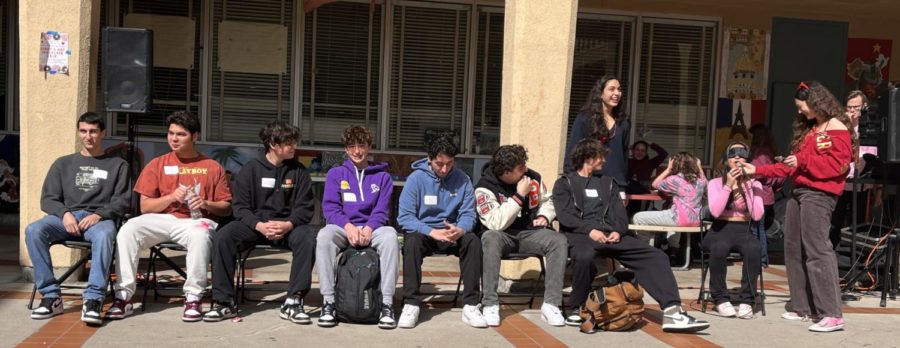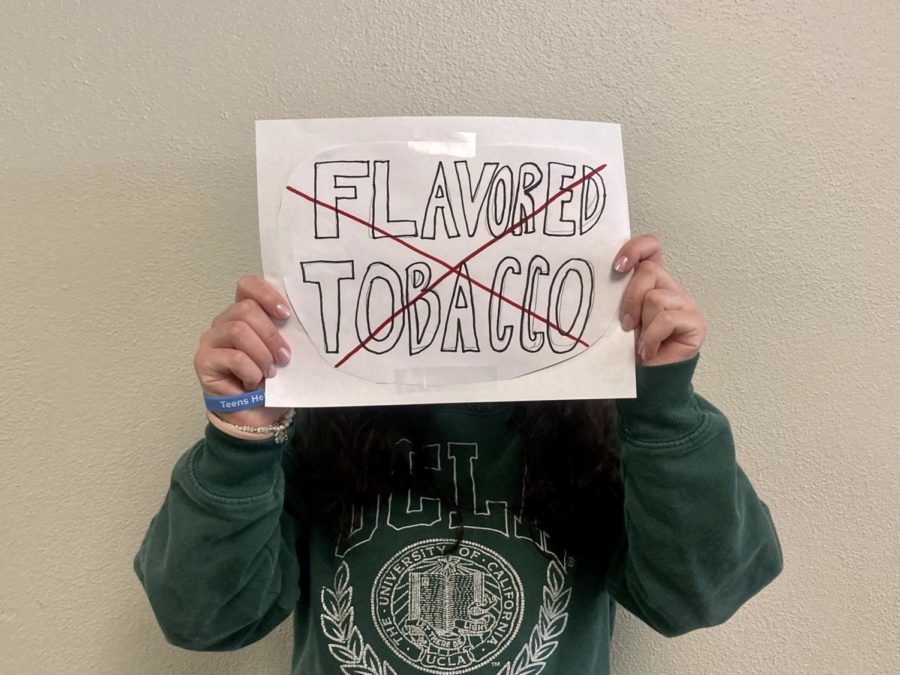Ava Seccuro staff writer
Over the course of his presidency, Donald Trump has made numerous efforts to exclude marginalized groups. Trump’s policies beginning in October 2018 regarding the transgender community have not only impacted the near 1.5 million transgender men and women across America, but also the transgender community on campus.
There is a distinction between gender and sex. Sex is a biological concept, whereas gender can be determined by sex, but is not defined by it, as it’s more of a societal construct. One of Trump’s most infamous proposals against the transgender community narrowly defines gender as “person’s status as male or female based on immutable biological traits identifiable by or before birth,” and that a person’s gender will continue to be such until proven otherwise by genetic evidence. Recently, the Supreme Court ruled that Trump’s “broad” restrictions on the military service of transgender men and women will go into effect. Both decrees send a message of disrespect and exclusion.
As Trump’s platform on LGBTQ issues continues to be a prominent theme in the media, on the other side of the spectrum, stories of transgender youth are also being widely circulated, but not in a way that accurately represents others who have not experienced a stereotypical “coming-out.”
The effects of Trump’s policies in our community
As Trump’s policies affect people nationwide, they also affect people in our own community.
As junior Harrison Dorn began presenting after puberty, he, among many others, encountered hesitations regarding coming out due to media misrepresentation, but also because of Trump’s anti-trans policies.
“I felt kind of like I wasn’t a girl for a very long time, but I didn’t know how to explain that. And I didn’t know what transgender people were until I saw some on YouTube and I googled ‘am I trans’ 987 times. I thought I was just someone who’s very curious about trans issues…I realize[d] most people don’t really do this unless they’re actually trans,” Dorn said. “So, I thought about it for a while and I thought about how uncomfortable I was during puberty and I learned that was called gender dysphoria. It took awhile for me to come out to myself though because of all of the horrible representation I’ve gotten growing up, and I think Trump’s policies give trans kids the idea that they’re a problem.”
For sophomore Ava Dadvand, Trump’s policies are more invalidating to her than anything else. As cisgender people are granted rights that transgender people are being deliberately denied, it gives the impression that transgender people are inferior.
“[Trump’s policy] doesn’t affect my comfort of coming out, but it does affect my comfort of being. It feels very invalidating to hear the things he says, and I don’t frequently publicize my political opinions, but this is one thing that I feel needs to be spoken about,” Dadvand said. “When you’re denied a right that other people have, even if you don’t intend to use the right— I never wanted to serve in the military—but just the thought of, ‘You aren’t allowed to serve in the military,’ it feels kind of demeaning and it feels like it lowers transgender people. It sets them at a lower priority and a lower state of social goodness than cisgender people.”
In addition to the misrepresentation and exclusion that Trump’s policies promote, Dorn thinks that they also warp how transgender men and women are treated from a political standpoint: more as an issue and less as a person.
“In my opinion, it affects a lot about how people talk about transgender people. When people are talking about politics, they talk to you like it’s a political issue and not with people, and I think that’s a problem. Trump is using us as political pawns by making these policies that don’t make sense, that don’t help anything at all,” Dorn said. “I think that’s disgusting and it really affects how people view transgender people, too. I think we’re not just not just a problem to be taken care of by the government. It really frustrates me.”
For Dadvand, a similar form of miseducation and misrepresentation accounted for her struggle in coming out.
“It came from my parents just being in complete disbelief because most stories of transgender youth show that they have expressed some sort of gender nonconformity or just not matching with their sex at a very young age, but I didn’t show any of that. Those feelings didn’t arise until after puberty,” Dadvand said. “All these publicized stories we read about transgender people—except for Caitlyn Jenner is the only non-example—but a lot of these stories are people who presented as 3-year-olds, so that kind of becomes the myth.”
Dadvand’s mother, Paria Hassouri, also believes that there needs to be more coverage of trans youth who presented as transgender at an older age. With more attention to stories like Dadvand’s, it may help the next child or parent who is confronted with the same situation as she and Dadvand were.
“I think like 90 percent of what’s out in the media that we hear about, like Janet Mock or Laverne Cox or Jazz, they’re all people who presented very young, and so I feel like the kids who present later their stories also need to be out there to make it easier for the next kid who doesn’t realize it until they’re a teenager [and have to] come out to their parent,” Hassouri said.
Considering that only 21 percent of LGBTQ youth are out to their parents, what Hassouri finds most concerning about Trump’s policies is that, especially for closeted trans youth, it makes it increasingly difficult for them to accept themselves.
“Obviously I disagree with all his laws and policies, but I think what’s even more dangerous about it is when you’re trying to either ban trans people from the military or not even count them. Then, what happens, is you’re telling people it’s not okay to be trans,” Hassouri said. “I think that makes it even more dangerous if you have these kids who are teenagers, who are closeted and then not only are they afraid to come out to their friends and family, but then they hear these messages in the media or the government or the president of the United States saying that they’re basically inferior people who don’t exist and don’t have the same rights…these are people that we need to support so that they can lead normal, healthy lives, like other teenagers.”
The biggest form of activism that Hassouri is a proponent of is being completely transparent about Dadvand and her story to normalize the transgender community.
“I would say [I’m] not necessarily as much of an activist as much as being open about our family and sharing her story, because I think the more you’re open and are sharing these stories, the less it becomes taboo over time. I think the more people in the community realize, ‘I have a friend who’s trans, or this family who has a trans kid,’ then it becomes more normalized for people in the community,” Hassouri said. “When they actually know a trans person, when they hear about these laws or things that they think don’t affect them, when they have an actual friend or somebody they know who it does affect, they become more impassioned about these laws.”
School accommodation
Aside from the national political stage, how others in our community have facilitated the advocacy of transgender rights has varied for Dorn and Dadvand. Throughout his process, Dorn claims that the school administration has been more accepting than students have been.
“Some people are definitely very welcoming, and then some other people are on the other end. No chronic bullying, usually it’s just one person [and an] isolated incident. They just yell something and I know they don’t mean it,” Dorn said. “The school has been pretty accepting. But there [are] always people who don’t understand it and I have to explain to them. I think the teachers are way more accepting than the students. They don’t really understand, but that’s all right. You can’t change everyone’s mind.”
Assistant principal Drew Stewart claims that when he encounters any intolerance that transgender and transitioning students may experience, his goal is to uphold the school’s ideals of awareness and inclusivity.
“I will speak for myself and I think my entire administrative staff. We want all our kids to feel safe. Part of my job as a vice principal is punishing kids that are doing things the wrong way. I think our kids here at Beverly do the right thing. Most of the time, I think our kids here at Beverly are mostly supportive of one another, and I actually genuinely feel like this is a pretty supportive place and continues to be,” Stewart said. “We wanted to promote those ideals and we certainly want to deal swiftly and with vigor any people that fall outside of that realm. What it comes down to is that every kid, and I mean this sincerely, every kid feels safe and happy to come to school.”
For Dadvand, her membership in the Madrigals Singers choir group has served as not only a form of artistic expression, but gender expression as well. There is still progress to be made, but the fact that there is not much negative treatment speaks volumes.
“At Beverly, it’s not been negative. There are parts that are very good. For example, the vocal music program has been handling things spectacularly. They’ve been gender neutralizing a lot of aspects of the choirs; for example, nixing the names of Men and Women’s Choir and replacing them with non-gendered names,” Dadvand said. “It’s very welcoming because last year I was in what was Men’s Choir at the time and it was a very uncomfortable experience. But other parts of the school, it doesn’t feel like there’s negative treatment. It just feels like there’s not really enough acknowledgement. There are things that can be done but the fact that these are the only things that need to be done is a blessing really.”
However, one experience that Dadvand had this year put into question the presence of gender-neutral bathrooms, and highlighted something that could be improved upon throughout the school.
“It happened this year. I really had to go to the bathroom and I set my schedule like leave math, run to the bathroom, then to the locker and then to choir, because there are two all-gender bathrooms on campus…That one in the science building is new and they made it out of what was previously a faculty bathroom. So, I was going to go use that restroom and some person of faculty opened the door and went in and said, ‘Students can’t use this restroom.’ It was very annoying because there was not enough time left to run to the other bathroom at that point, which I think is another interesting aspect of this school that could be improved,” Dadvand said. “I can say with confidence that it’s a law in California that single-stall restrooms be gender-neutral, so why aren’t they?”
Stewart believes that meeting the “bare minimum” of compliance is not indicative of the amount of support that all students, and the transgender community in particular, should receive. He accredits possible non-compliance with California bathroom law to a myriad of maintenance and construction difficulties the school has yet to alleviate.
“We are taking great lengths to to make sure that we are compliant with the letter of the law. To say that we are trying to become legally compliant doesn’t maybe suggest how much we are trying to be welcoming of all of our students. So at bare minimum, we are definitely attempting to make sure that we come to compliance with all of our bathrooms. That has been a slower than an ideal process in part because we’ve had a lot of turnover in our maintenance and operation department,” Stewart said. “[However, that] shouldn’t mollify the concerns of people, and why things haven’t been done yet. Changing the [bathrooms] that are needed to be single stall use and all-gender restrooms is part of a larger issue that we’re seeing where there’s lots of things on campus that we’re still working at trying to catch up on. We are hopeful that this may be happening maybe sometime soon.”
Like any other parent, Hassouri more than anything wants a limitless future for Dadvand, but it doesn’t stop there. She believes that the community should start thinking district-wide and even nationwide in terms of complete acceptance and accommodation to the transgender community.
“I hope that one day all trans kids all over the U.S. feel comfortable to come out once they know it, because a lot of them do pretty much stay in the closet until they finished high school, move away from home, go to a state that’s more accepting and then decide to come out and transition,” Hassouri said. “I think Beverly Hills High School has a couple of all-gender bathrooms and they’re starting to learn what they need to do to accommodate all kids. I think the next step for Beverly Hills [Unified] School District will be to start to implement ahead of time what’s needed in the new middle school because I do think the kids are gonna start coming out younger…They really need to just have everything in place. It shouldn’t be where first the kid is trans and then the school makes accommodation.”
Media poses impact on evergrowing transgender community
March 14, 2019
0
Donate to Highlights
$125
$1000
Contributed
Our Goal
Your donation will support the student journalists of Beverly Hills High School. Your contribution will allow us to purchase equipment and cover our annual website hosting costs.
More to Discover








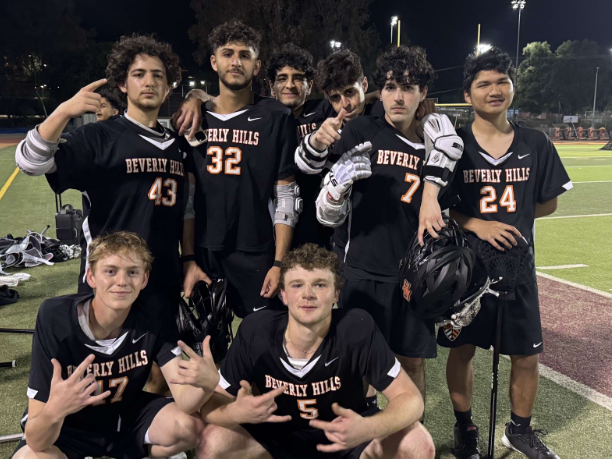
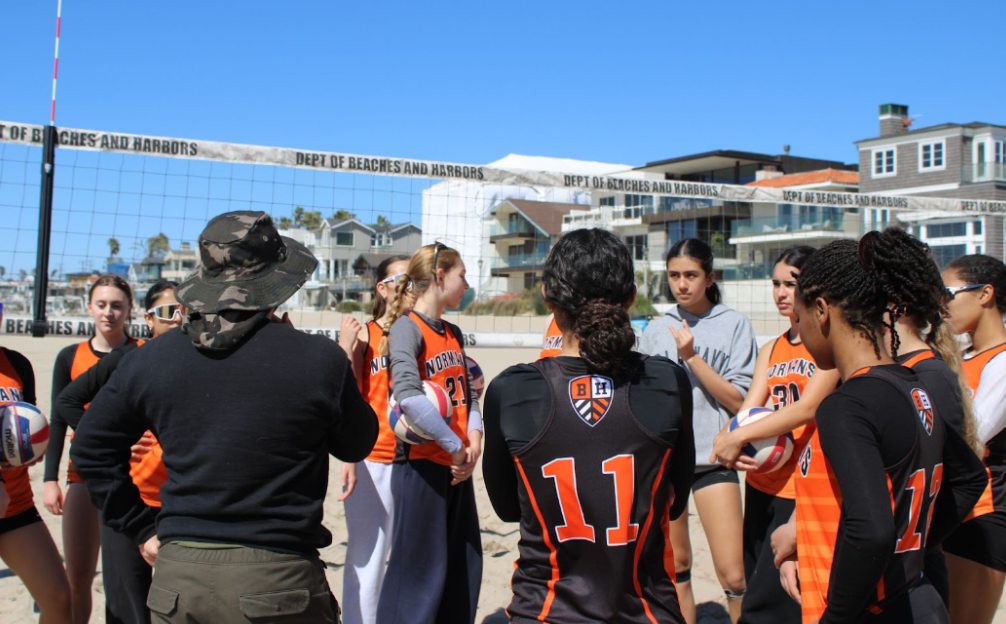






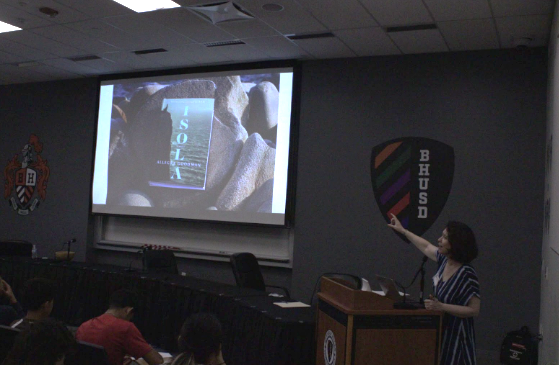
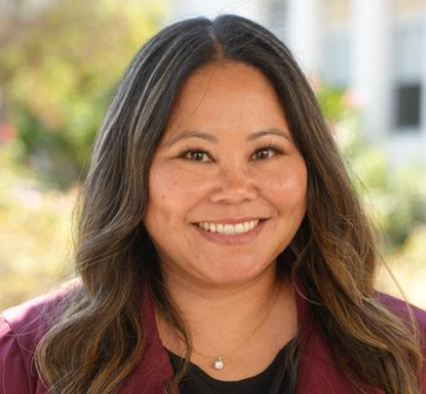
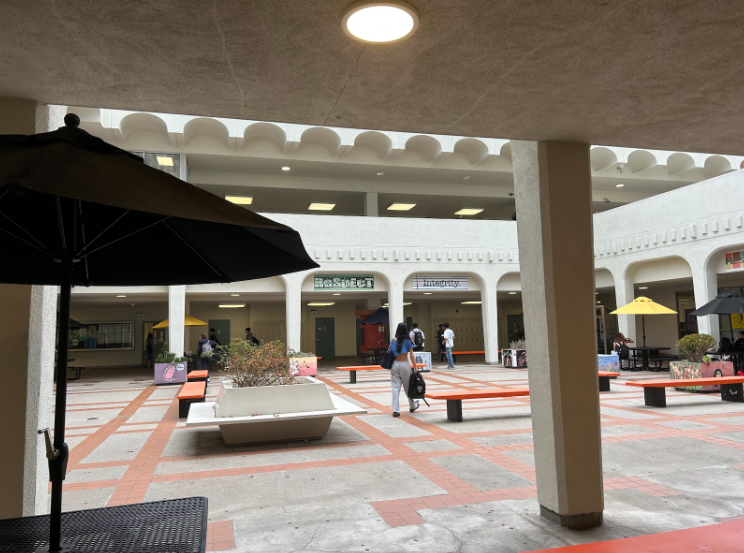

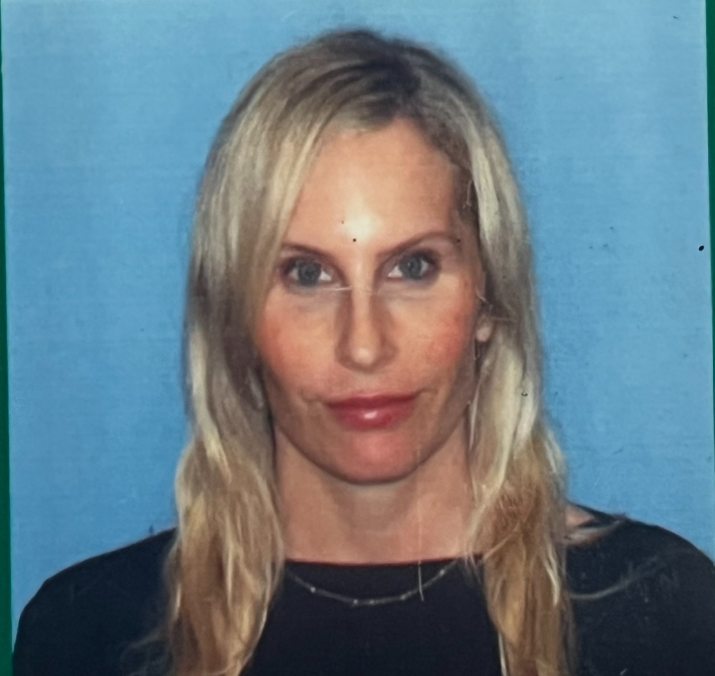







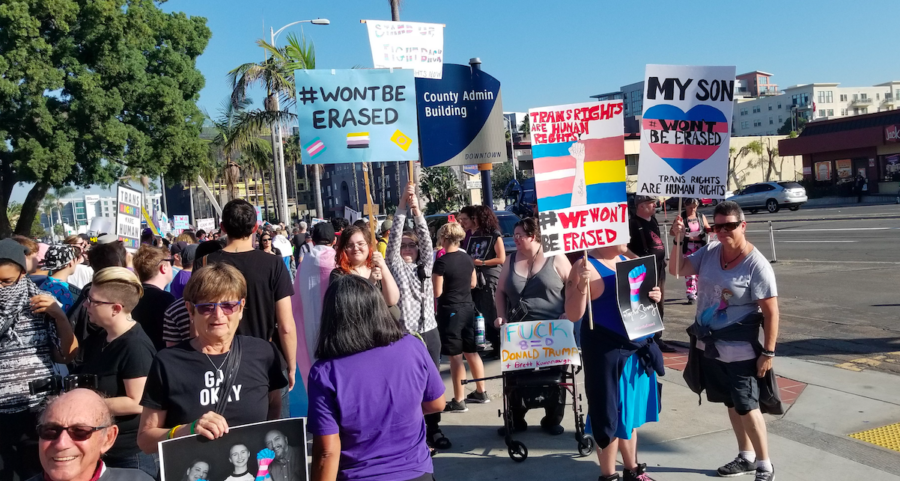


![Sophomores Jurnee Burrell-Williams and Bao Dang take cover during the lockdown (staged). “We both kind of didn’t know [what to think],” Dang said. “They usually send drill messages before.”](https://beverlyhighlights.com/wp-content/uploads/2023/02/E8D27FA0-AB24-4A26-9745-F7EEFF48FA93-900x736.jpeg)
